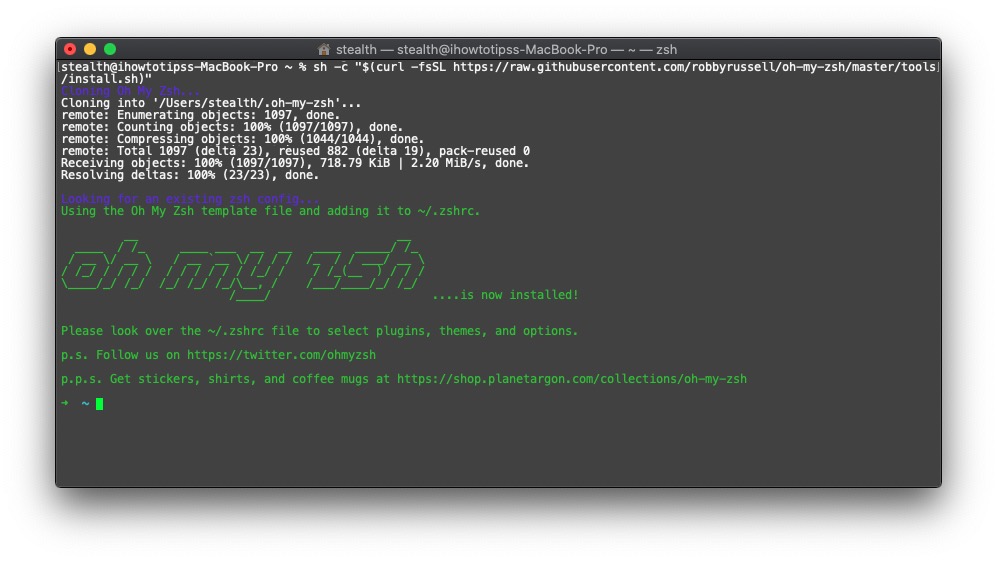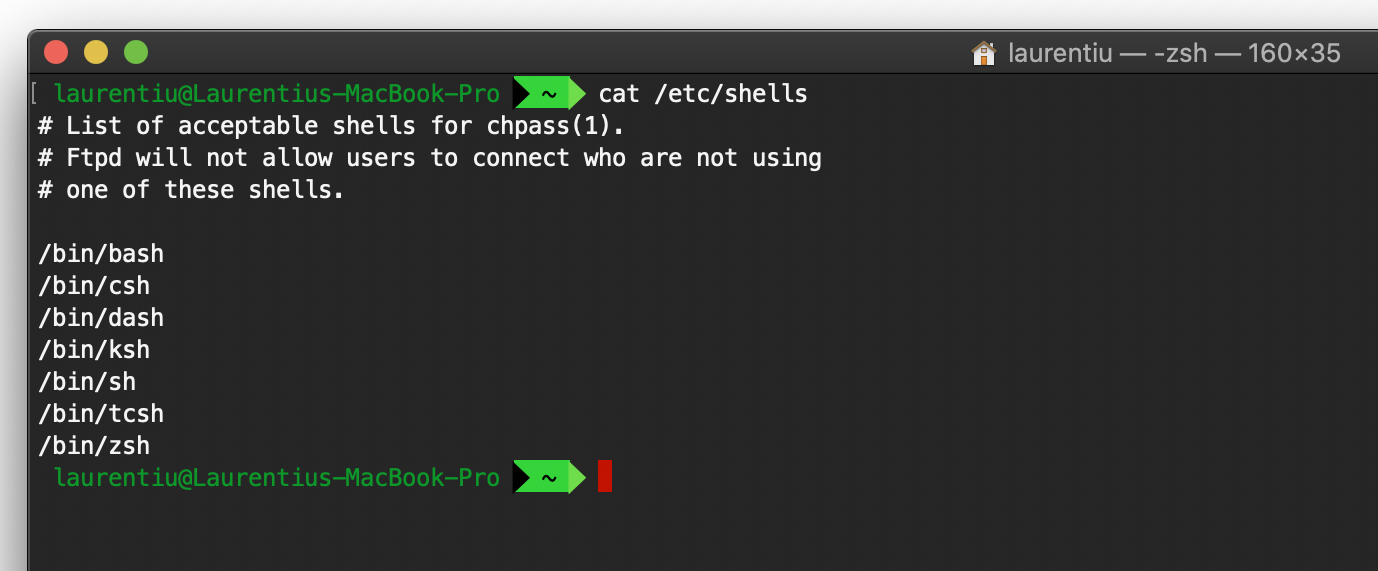With the launch of Macos Catalina, besides many news and features, Apple also introduced ZSH (Z Shell) in place Bash (Bourne-Again Shell). Users familiar with Bash Scriptures and interactive command lines in Terminal, they quickly observed this change. In the terminal is suggested the execution of a command line to make Switching from Bash to ZSH.
The default interactive shell is now zsh.
To update your account to use zsh, please run `chsh -s /bin/zsh`.
For more details, please visit https://support.apple.com/kb/HT208050.
Used since 16 years ago, from the time of OS X 10.2 Jaguar, Bash has been used as the main developer shell for Scriptures and command lines towards the base of the macos system.
Why was the transition from Bash to ZSH
In simple terms would be about the restrictions imposed by Distribution License (GNU) for Bash use.
Bash is in full development process, reached version 5.0. The final version launched in early January 2019. However, Apple used up to Macos Mojave (launched in the fall of 2018) a outdated version. Was preferred Bash 3.2, a 2007 version. Newer Bash versions have been launched with a license GNU General Public License modified (GPLv3), what do some impose some restrictions and clauses for software suppliers.
Bash vs. Zsh
For users, switching from Bash to ZSH should be a reason for joy. Especially for those who frequently use terminal.ZSH (Z shell) is based on the same language as Bash, but brings interesting features. Intuitive command lines, plugin-uri and THEMES graphics.
Besides the Bash orders, in ZSH there are many other specific commands, and many can be configured by the user to perform some operations. Alias.
– Automatic completion of command lines (self-compliance)
– extended variables
– replace path
– intuitive extension. “/u/lo/b <TAB>” Merge la “/usr/local/bin”
– back Oh-my-ZSH for extended capabilities
– themes support in Terminal
– many others, presented here.
Oh-my-ZSH is the most popular framework for ZSH, being delivered with many plugin-uri and THEMES included. Easy to install, configured and personalized.
How we install Oh-My-zsh for zsh on macos
Execute the command line in the terminal:
sh -c "$(curl -fsSL https://raw.githubusercontent.com/robbyrussell/oh-my-zsh/master/tools/install.sh)"
After installing OH-MY-ZSH you have a generous bookstore of plugins and Themes. In addition, there are many options for configuration and personalization according to your preferences. All the details Find here.
Recommendations Modules and Utilities: iTerm2 (terminal emulator, ce va inlocui Terminal), Homebrew yes the theme POWERLEVEL9K Pentru zsh (oh-my-zsh).
How we change Default Shell to Macos Catalina
If you are not satisfied with ZSH, you can return to Bash in Macos Catalina anytime. However, remember that it is a version of rudimentary bash since 2007.
Execute the command line in the terminal to return to Bash:
chsh -s /bin/bash
Besides Bash and ZSH you can activate other shells in Macos Catalina.
Execute in the terminal command cat /etc/shells by which you can see Shells included in Macos Catalina.
/bin/bash
/bin/csh
/bin/dash
/bin/ksh
/bin/sh
/bin/tcsh
/bin/zsh



